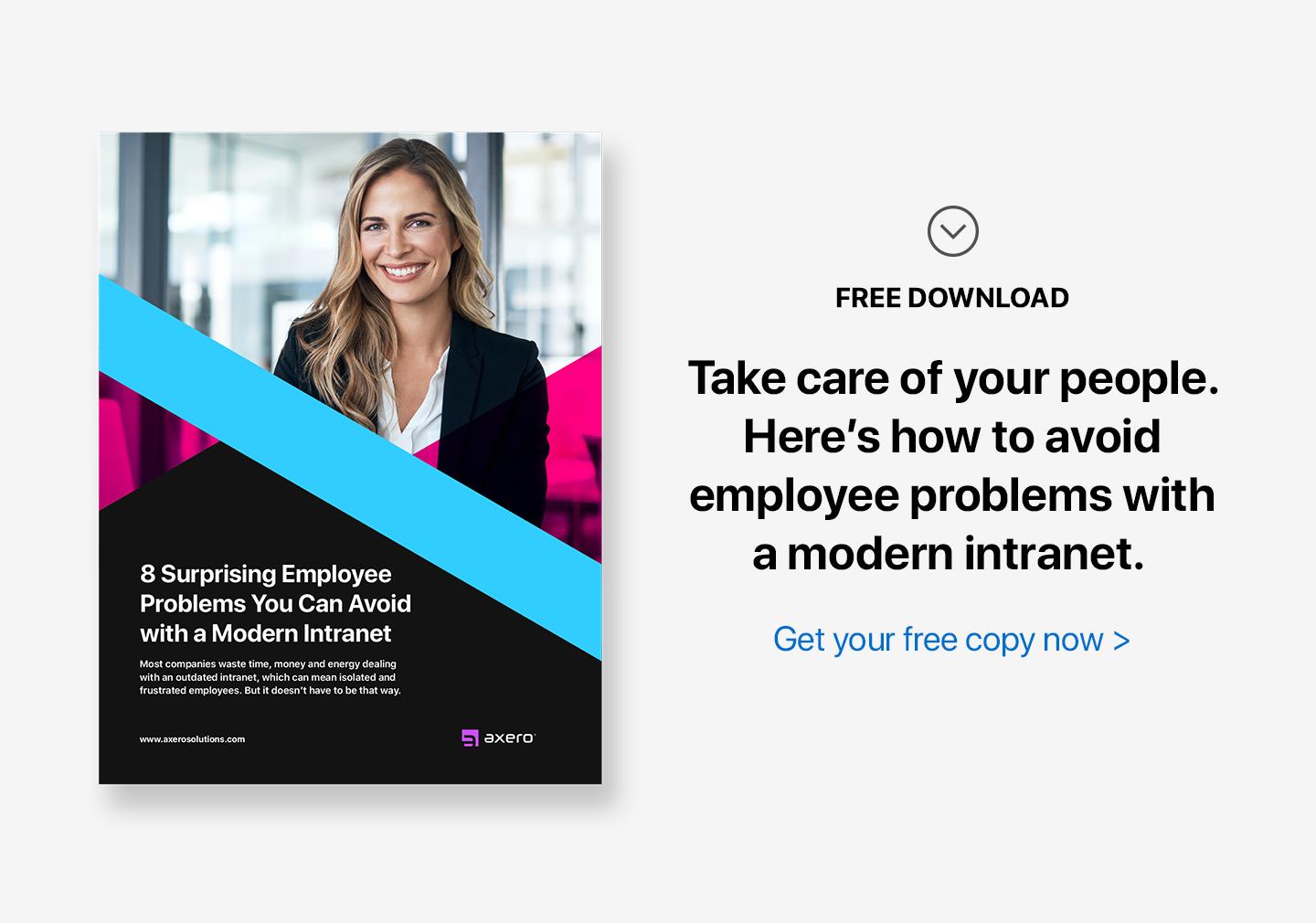Associate self help.
— Store Manager
If you thought disengagement stats were bad, wait ‘til you hear this. 75% of employees have admitted to stealing from their employer at least once. Employee theft is responsible for 33% of all business bankruptcies in the US and totals $50 billion annually. 1
According to StatisticBrain.com, when it comes to stealing merchandise, US employees beat shoplifters by a wide margin. Employee theft accounts for 43% of total inventory loss in US stores, making it the single biggest cause.
| Retail Inventory Shrinkage Due to: | % of Total |
| Employee Theft | 42.7% |
| Shoplifting | 35.6% |
| Administrative Error | 15.4% |
| Vendor Fraud | 3.7% |
| Unknown | 3.9% |
Unfortunately, retail is not the only sector vulnerable to employee theft and fraud. Employees steal from all kinds of enterprises, small businesses being hit the hardest. In a 2016 study, 68% of all prosecuted cases came from organizations with fewer than 500 employees. 2
Employees steal cash, merchandise, supplies, and information. In cases of significant fraud, cash is king. Fraudsters get their hands on company cash through a number of schemes. The most common are: funds theft, check fraud, vendor fraud, credit card fraud, payroll fraud, and expense fraud. Retailers must also watch out for falsified discounts and returns, most of which occur during the holiday shopping season.
From a review of 400 US Federal court cases, specialty insurer, Hiscox, put together a psychological profile of a typical embezzler:
- “Intelligent and curious”: eager to learn the ropes, asks questions about everything and pays attention to detail
- “Extravagant”: living above his or her means
- “Egotistical risk-taker”: tends to break rules and take advantage of people and circumstances at home and at work
- “Diligent and ambitious”: first in, last out, and never takes vacations—embezzlers spend extra time in the office to avoid being caught
- “Disgruntled”: steal to even the score—watch for signs of stress or severe changes in behavior
Although most workplace theft doesn’t rise to the level of systematic embezzlement, big- and small-time thieves share a common set of motives. In 2014, GetVoip surveyed 2050 tech employees to understand who steals from the employer and why. 21% admitted to stealing from the office. Of these, 14% put the value of stolen goods at $100 or more. The results were similar across age, gender, and income brackets. Here’s how these white-collar employees justified their actions: 3
| Reason for Stealing | % of Total |
| Too lazy to buy it | 29% |
| Because I can get away with it | 24% |
| Needed the money or object stolen | 15% |
| Wanted the money or object stolen | 13% |
| Felt frustrated/dissatisfied by job | 12% |
| Addicted to stealing | 7% |
What a relief! At least, one in six people actually needed the items he stole from his employer!
These responses explain why, in addition to commonsense checks and balances, workplace culture is important. When your people want to do what’s right, as opposed to what they can get away with, you’ve come a long way towards eliminating employee theft. It would also ease a long list of other workplace ills.
For fraud prevention, Hiscox recommends that businesses “promote a culture of trustworthiness and integrity.” GetVoip concurs:
“Comprehensive employee screening, robust surveillance and thorough randomized internal checks and audits are all important. Many experts also say that employee satisfaction and loyalty have a huge role to play in reducing theft. Get to know the people who work for you: strong relationship and team-building efforts will go a long way towards building an atmosphere of mutual trust and respect.”
Fortune has published another revealing statistic. Shoplifting is responsible for 39% of retail inventory losses worldwide, while only 28% is due to employee theft. 4 Compare this number to the 43% of total inventory shrinkage perpetrated by American employees.
Is there anything we can learn from other countries?
“Internationally, there’s more of an unwritten code that says it’s not honorable to do something dishonest toward an employer, Here, it’s a different mindset. There’s so much turnover in retailing, and very little loyalty.”
According to all these studies, engaged and responsible employees are not only less likely to steal, they are also more likely to prevent others from stealing. Thieves and embezzlers can masquerade as hard-working employees—but only when the rest of the team is snoozing. Imagine if all your employees occasionally worked extra hours, paid attention to details and asked a lot of questions. What if they simply cared about the company and knew each other well?
Look into making recordkeeping more transparent. At first blush, you might be tempted to hide financial records from your employees. The less money people see, the less trouble they’ll get into, right? However, keep in mind that it’s only those trusted few who get the best opportunity to rip the company off. In many instances, managers and owners are more likely to commit substantial theft than are front-line employees.
A 2015 study of 425 federal court cases found that “managers embezzled more often than employees in 75% of the industries.” 2 Hiscox reported that managers committed 65% of all employee fraud cases in healthcare, 60% in construction and real estate, 58% in non-profits, and 60% in labor unions. Here’s how the numbers broke down:
| Sector | Medial Loss | % of Sample | % of Management Perpetrators |
| Professional Services | $615,101 | 5% | 38% |
| Healthcare | $600,000 | 6% | 65% |
| Retail | $475,876 | 5% | 53% |
| Real Estate / Construction | $416,000 | 9% | 60% |
| Financial Services | $308,162 | 17% | 33% |
| Non-Profit | $274,846 | 16% | 58% |
| Municipalities | $218,874 | 9% | 54% |
| Labor Unions | $79,389 | 10% | 60% |
The report specifically warns not to assume that you can trust long-term or high-ranking employees. The alternative? Share access and train all your employees to be vigilant.
In summary, employee theft is a problem. Thorough background checks and foolproof recordkeeping are a must. However, as you strive to shield your business from white-collar crime, don’t overlook the soft stuff. Listen to your people. Get to know them well. Take care of their needs and teach them to take care of each other. Empower every employee to serve the company and build transparency into every job. Blind trust will get you into trouble. But building trust over time will save trouble down the road. Besides, it’s the best part of your job.
_____
If you like honest employees, you might like my book, because it’s about eliminating lies and deception from the workplace.
_____
[1] “Employee Theft Statistics.” Statistic Brain Research Institute. 2018. https://www.statisticbrain.com/employee-theft-statistics/.
[2] “Employee Theft Cost US Businesses an Average of $1.13 Million in Losses, According to 2017 Hiscox Embezzlement Study™.” Hiscox. 2017. https://www.hiscox.com/newsroom/press/2017-hiscox-embezzlement-study.
[3] “Study Reveals 21% of Tech Employees Steal from Work [Infographic].” GetVoip. 2014. https://getvoip.com/blog/2015/02/10/tech-employees-confess-study-reveals-21-steal-from-work-infographic/.
[4] Fisher, Anne. “U.S. Retail Workers Are No. 1… in Employee Theft.” Forbes. January 26, 2015. http://fortune.com/2015/01/26/us-retail-worker-theft/.












 info@axerosolutions.com
info@axerosolutions.com 1-855-AXERO-55
1-855-AXERO-55


